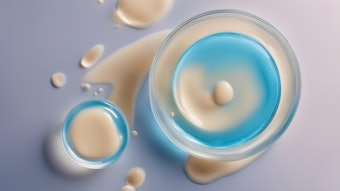Is it possible to maintain the beautiful skin of youth throughout a lifetime? Unfortunately, the smooth and supple skin of young adulthood gradually declines with age in both its physical attractiveness and functionality. Fine lines and wrinkles begin to appear; and while these can be considered as markers of maturity and wisdom, most consumers prefer their formation to be delayed as long as possible.
So is it possible to slow the aging process in the skin? Under certain circumstances the answer may be yes—especially with a little help from science. Using proper methods, it is possible to screen materials for potential antiaging effects; in turn, these materials can be incorporated into cosmetic or personal care products. To properly screen antiaging materials, all that is required is a basic understanding of the aging process.
Aging Skin
Aging is associated with an accumulation of senescent cells in the skin; i.e., cells that are in a state of growth arrest. While senescent cells are still viable, they will no longer replicate DNA or go through the process of cell division. In addition to this lack of replicative ability, senescent cells can also become damaging to their local environment. For instance, senescent fibroblasts will shift from producing extracellular matrix proteins, which are essential to maintaining the structure of the dermal layer of the skin, and will instead produce proteolytic enzymes, which can shift their focus towards degradation of the dermis.
In addition, senescent keratinocytes can release significant amounts of IL-1alpha, which can promote areas of focal inflammation in aged skin. While the number of senescent skin cells in aged individuals can vary, it has been theorized that only a small population of senescent cells could negatively and significantly influence the appearance and structure of the skin.










